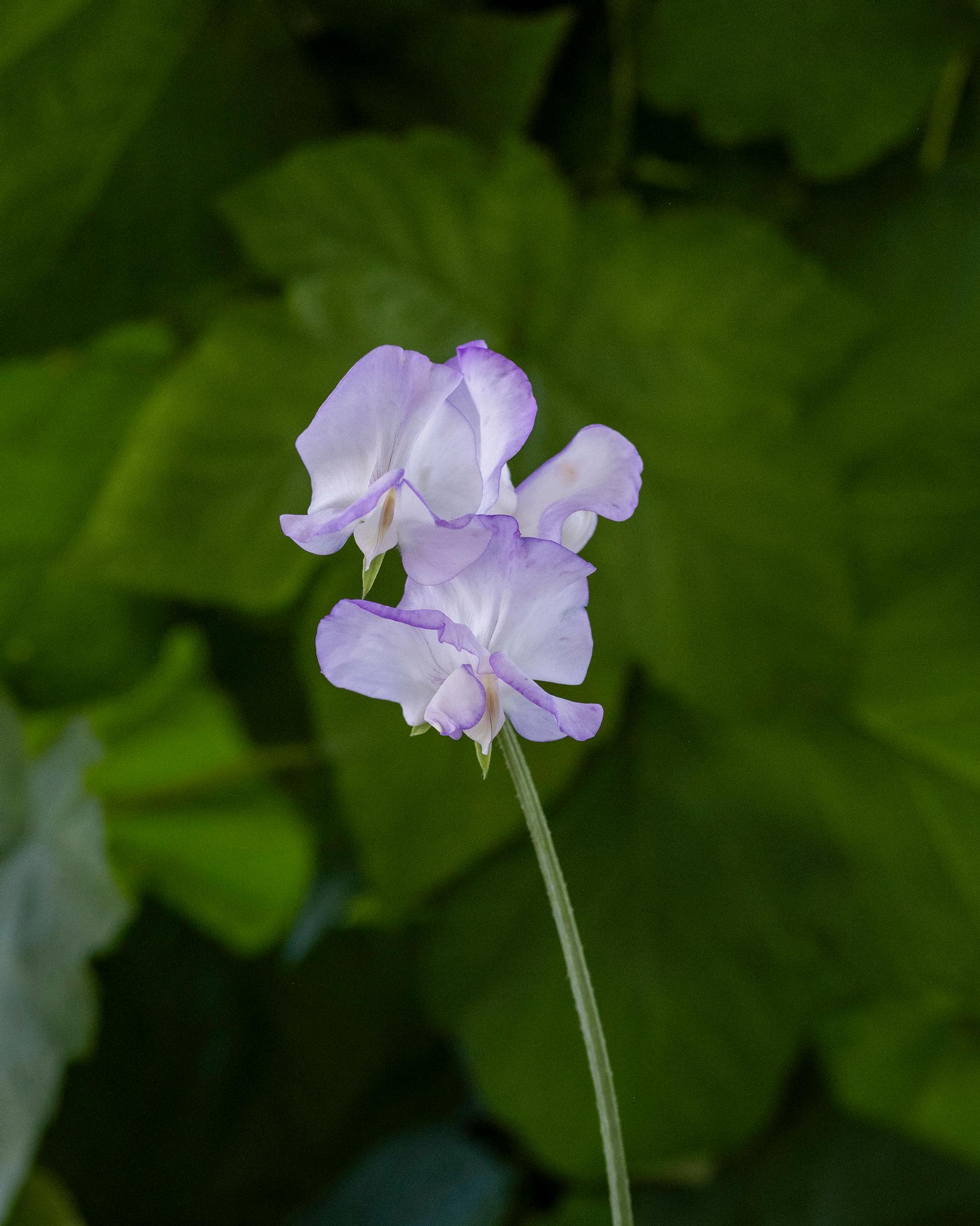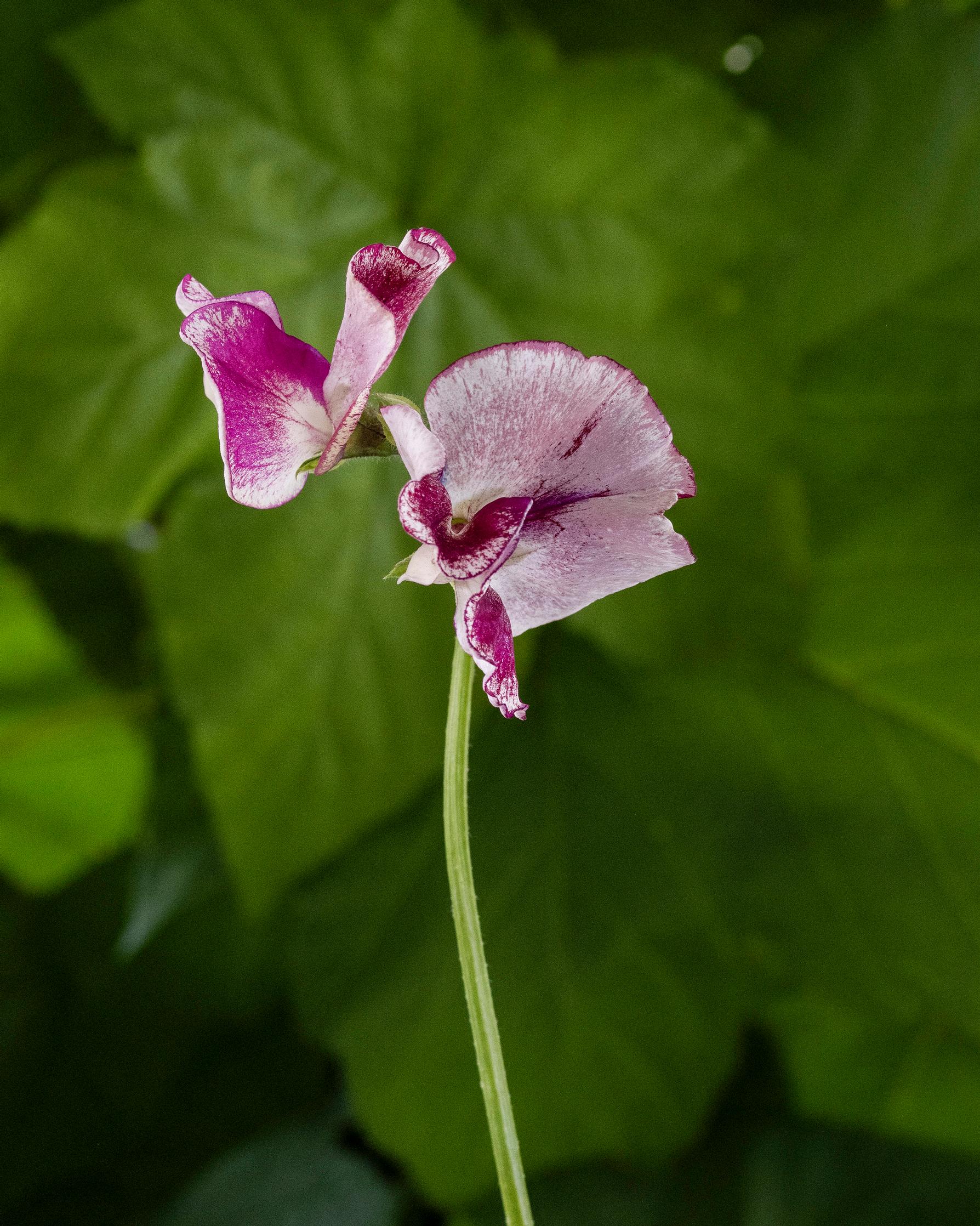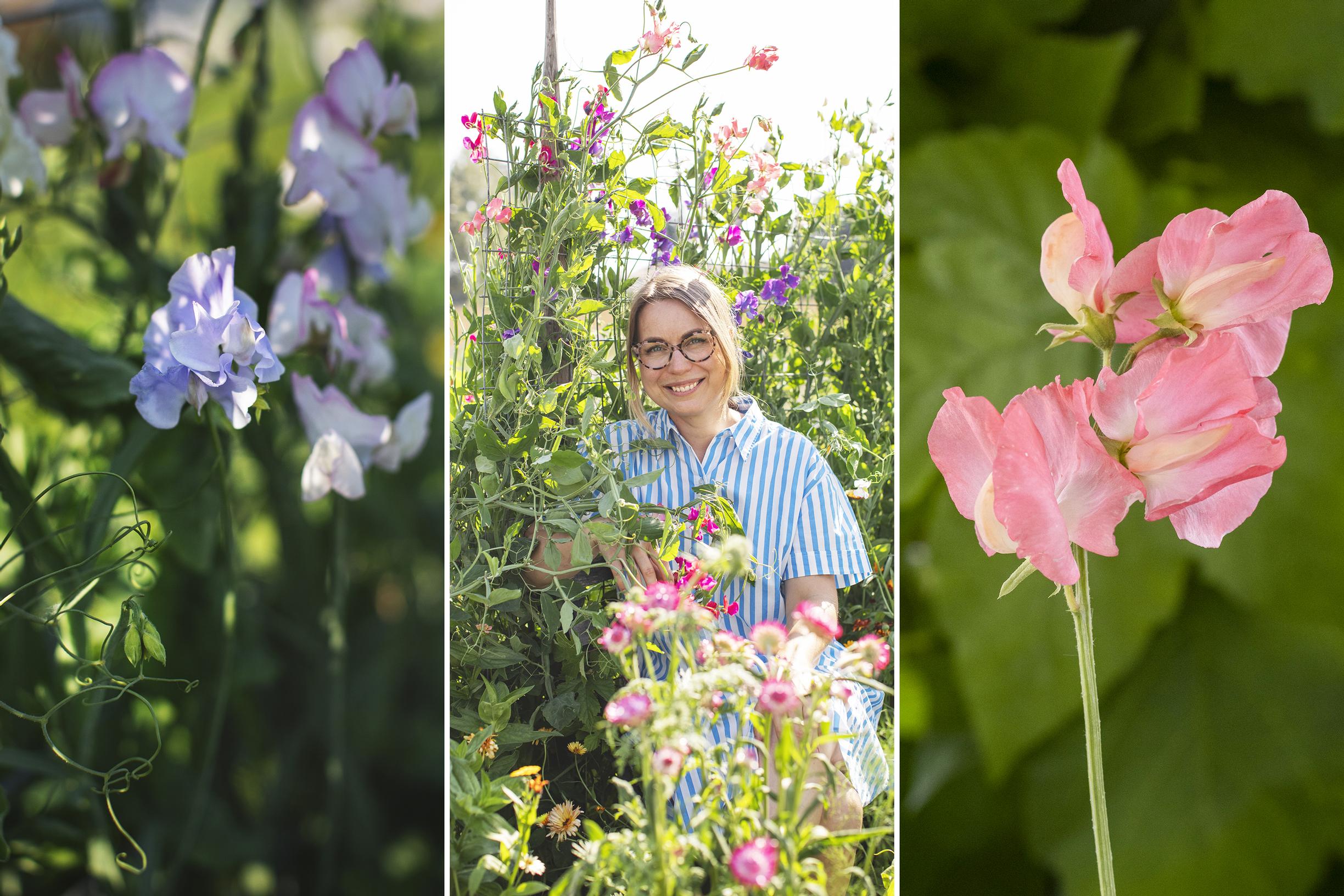
Sweet peas stole gardener-florist Sini’s heart: discover top growing tips and stunning varieties
Gardener-florist Sini Kujala sows her sweet peas at her home in Järvenpää, Finland, but the plants get to flourish in the countryside in Elimäki, where she spent her childhood.
What is it about sweet peas that captured your heart?
They have a delicate, nostalgic quality, reminiscent of the olden times. They’re also very dignified and elegant, especially the large-flowered, long-stemmed varieties. Because of their climbing growth habit, they feel immersive and romantic, calling to mind an English-style garden.
When I was a child, I remember my mother growing sweet peas. This summer, when I walked around the garden with my nephew, he pressed his nose to the blossoms, smelling and enjoying them. In our family, it seems that sweet peas enchant absolutely everyone and they hold a special place. Right from the start, they’ve had that wow factor for me.
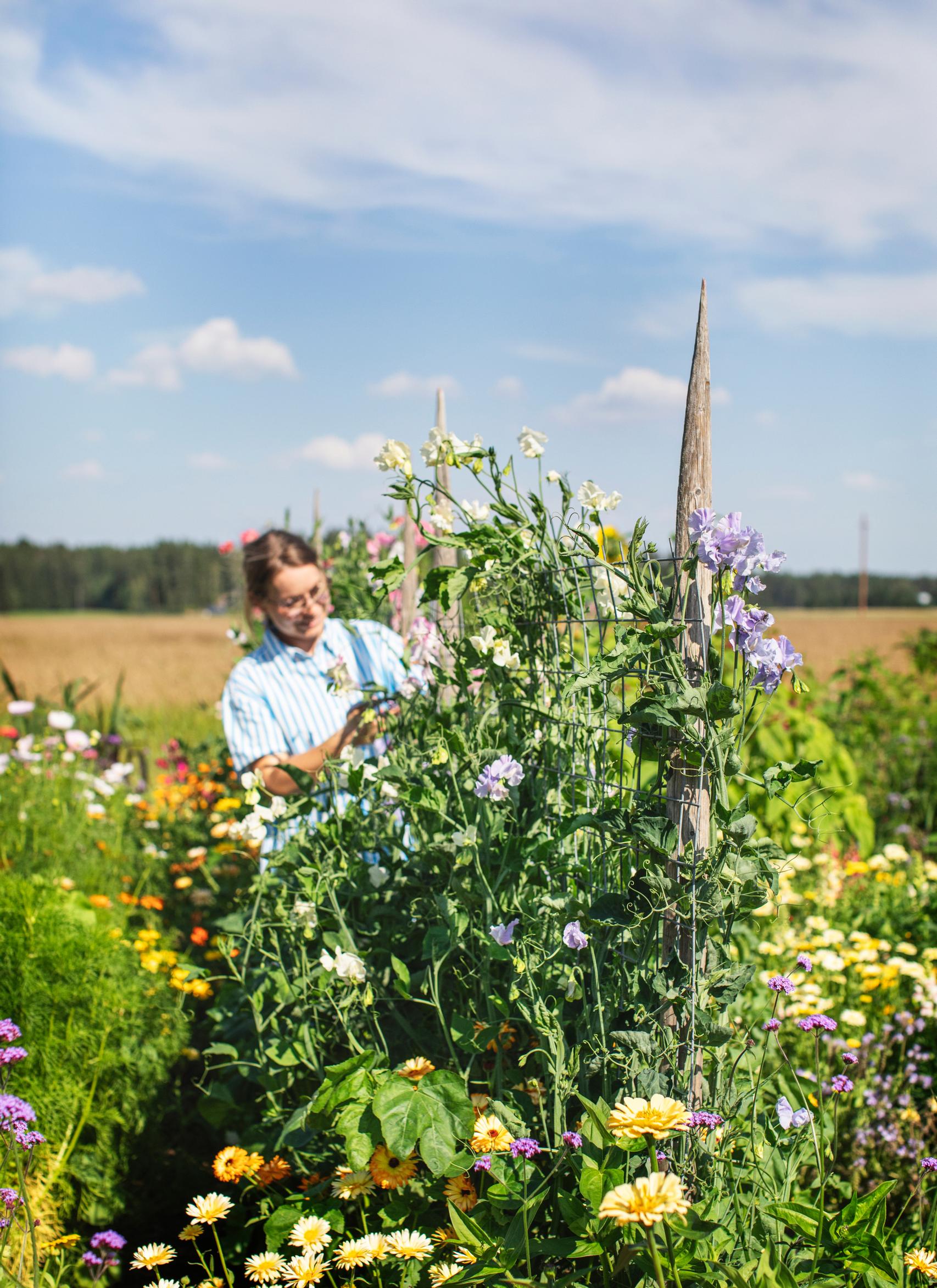
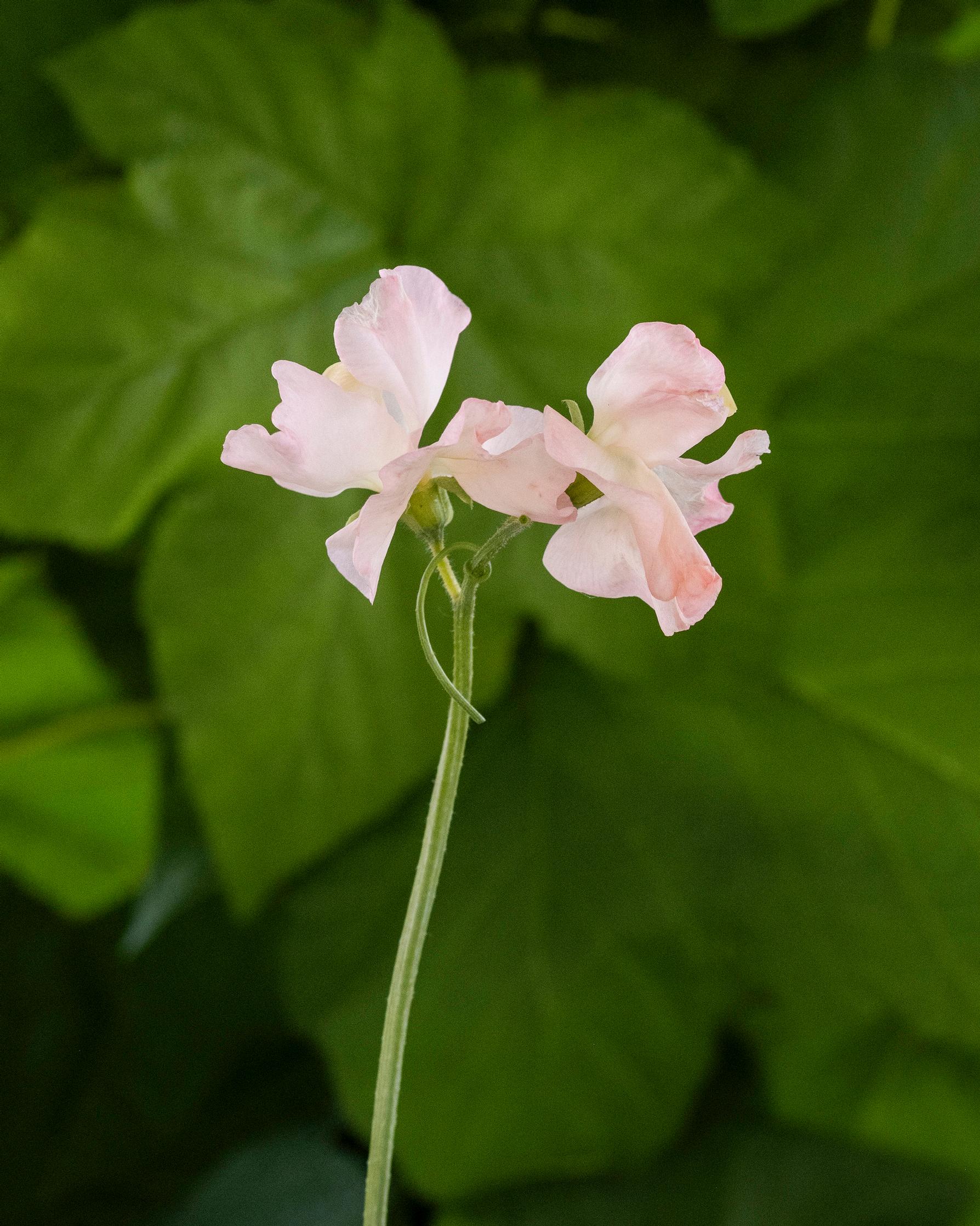
Where do you get seeds?
I’ve been growing cut flowers for five years, and right from the start, I wanted to find the most dazzling varieties. At first, I ordered seeds from England, and now I get them from Sweden. Cecilia Wingård is a real “guru” for sweet peas.
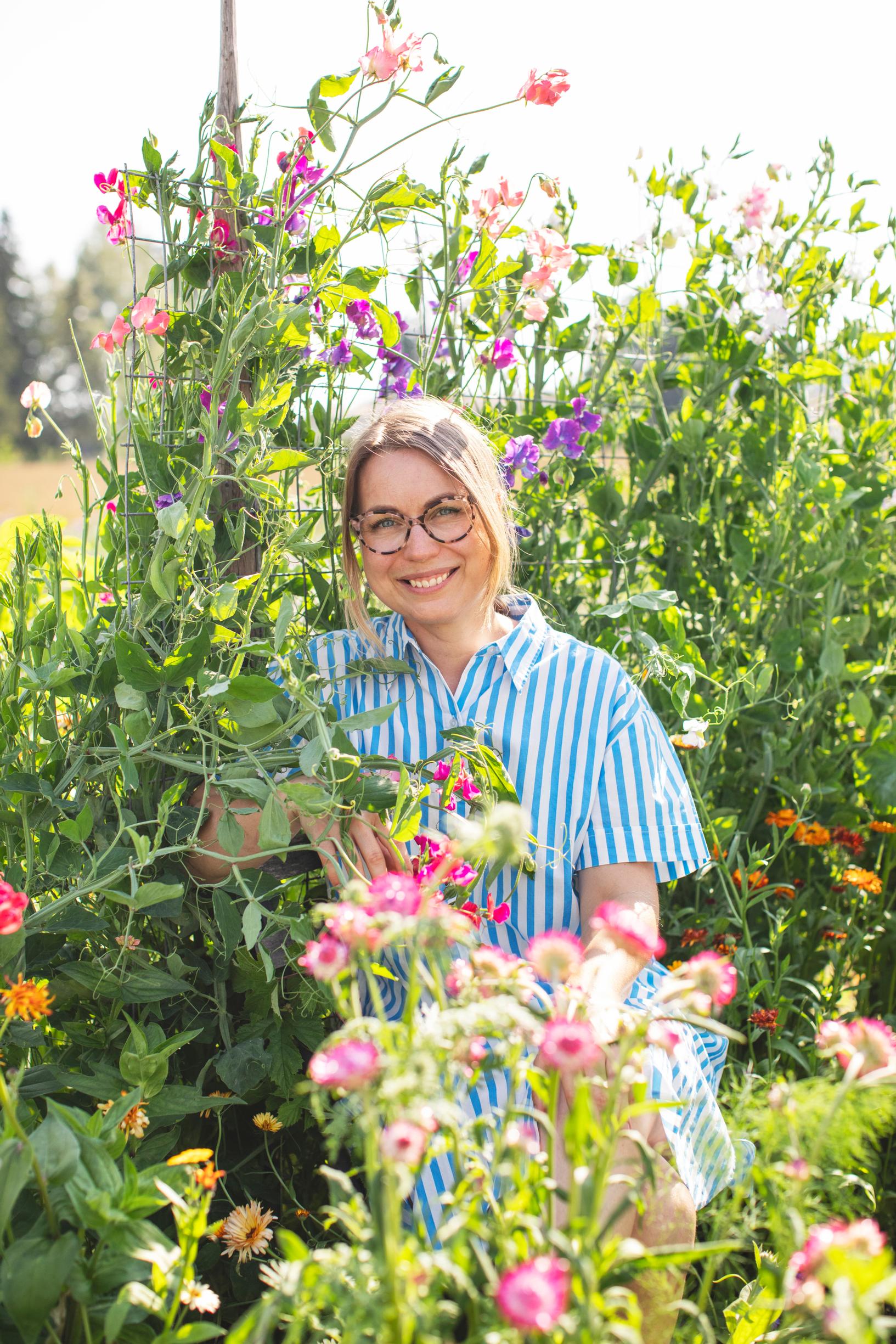
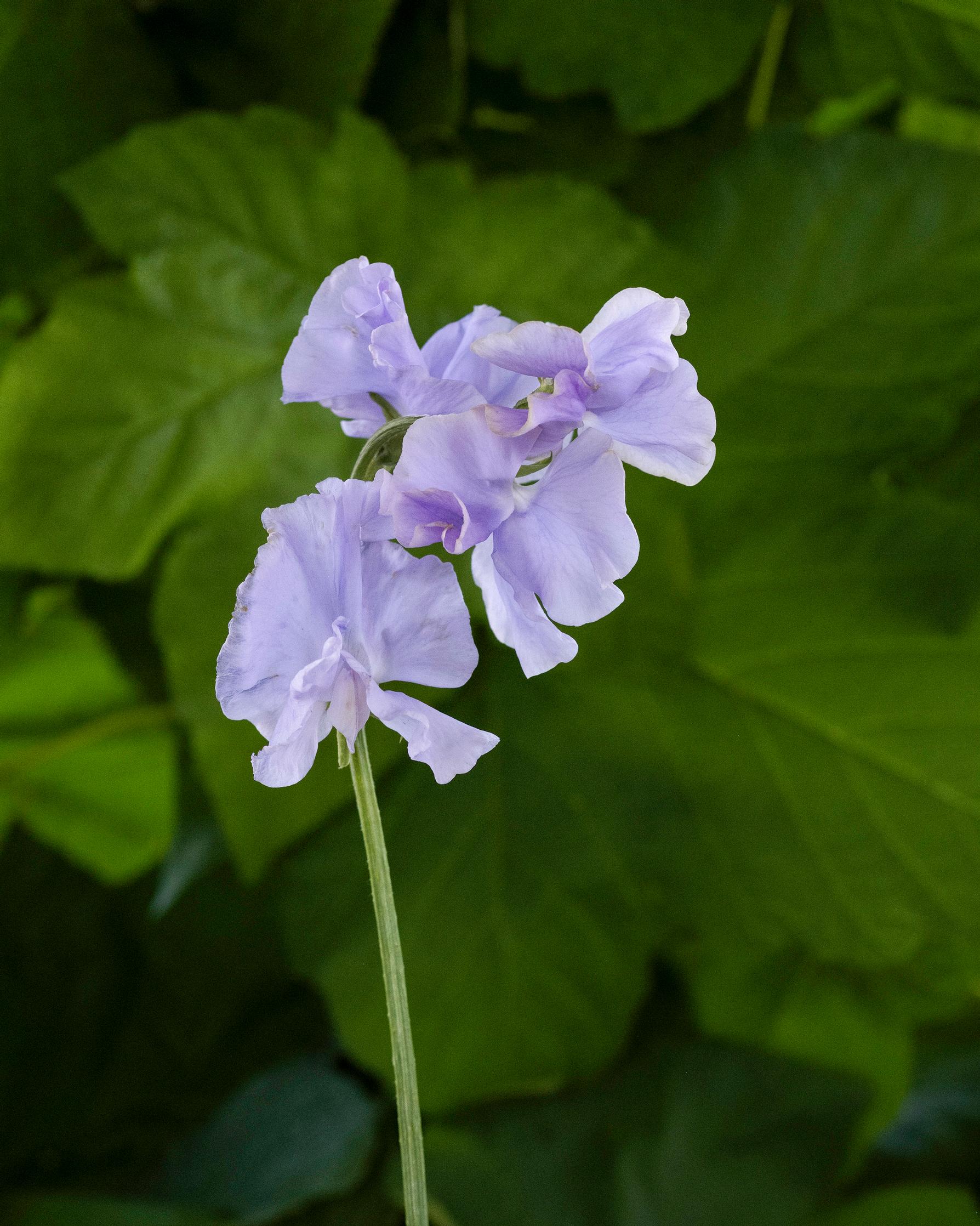
What colors do sweet peas come in?
They come in wonderful pastel shades - there's lilac, pink, apricot, and cream. Last summer, I tried ‘Blue Shift’ for the first time. It has incredible hues of blue and turquoise. It became my favorite of the season and is definitely coming back. Aside from color, I find the shape of the flowers fascinating—how the petals ripple or form pleats like a skirt.
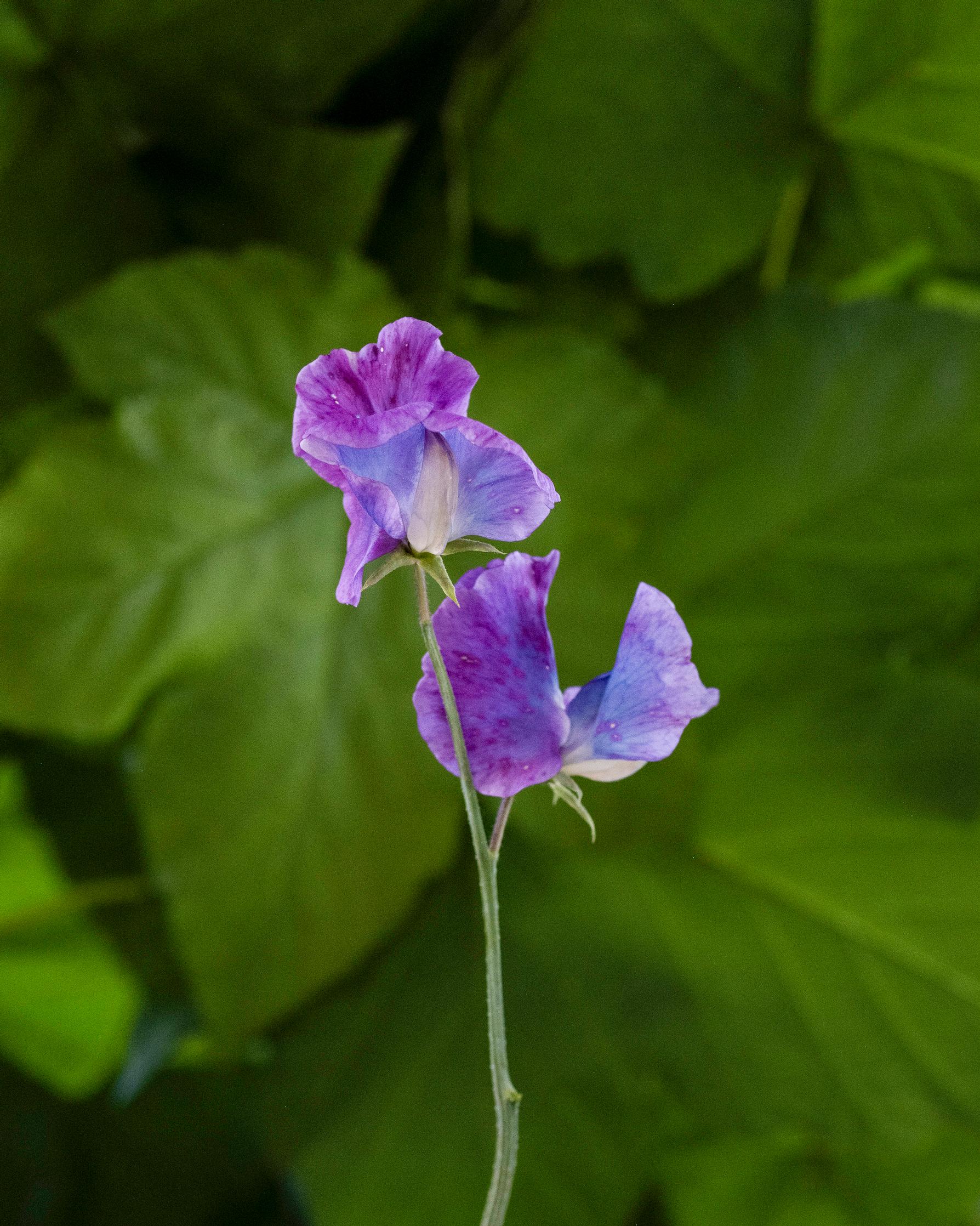
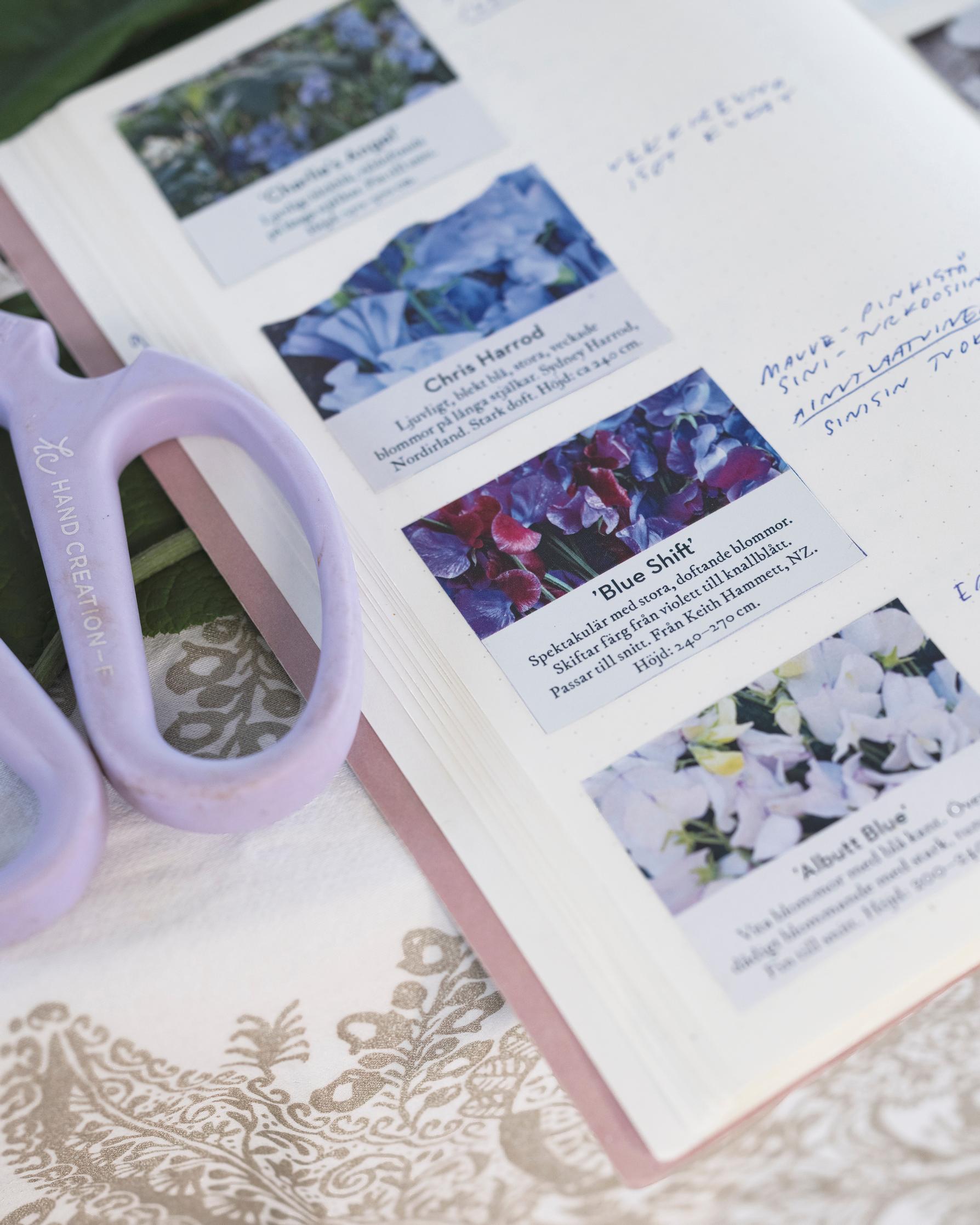
There are two approaches when it comes to sowing sweet peas. Which do you prefer?
Some folks soak the seeds, others don’t. I’ve tried both and noticed that soaking can speed up germination. If I sow the seeds dry, I plant them in well-moistened soil. I keep them at room temperature until they sprout, then move them to my glassed-in balcony. I aim to sow in early April, so the balcony is still cool enough for the plants to get a good start on growing. I pinch them when they have around three sets of leaves to encourage branching. Around mid-May, I take them from the city to the greenhouse in the countryside.
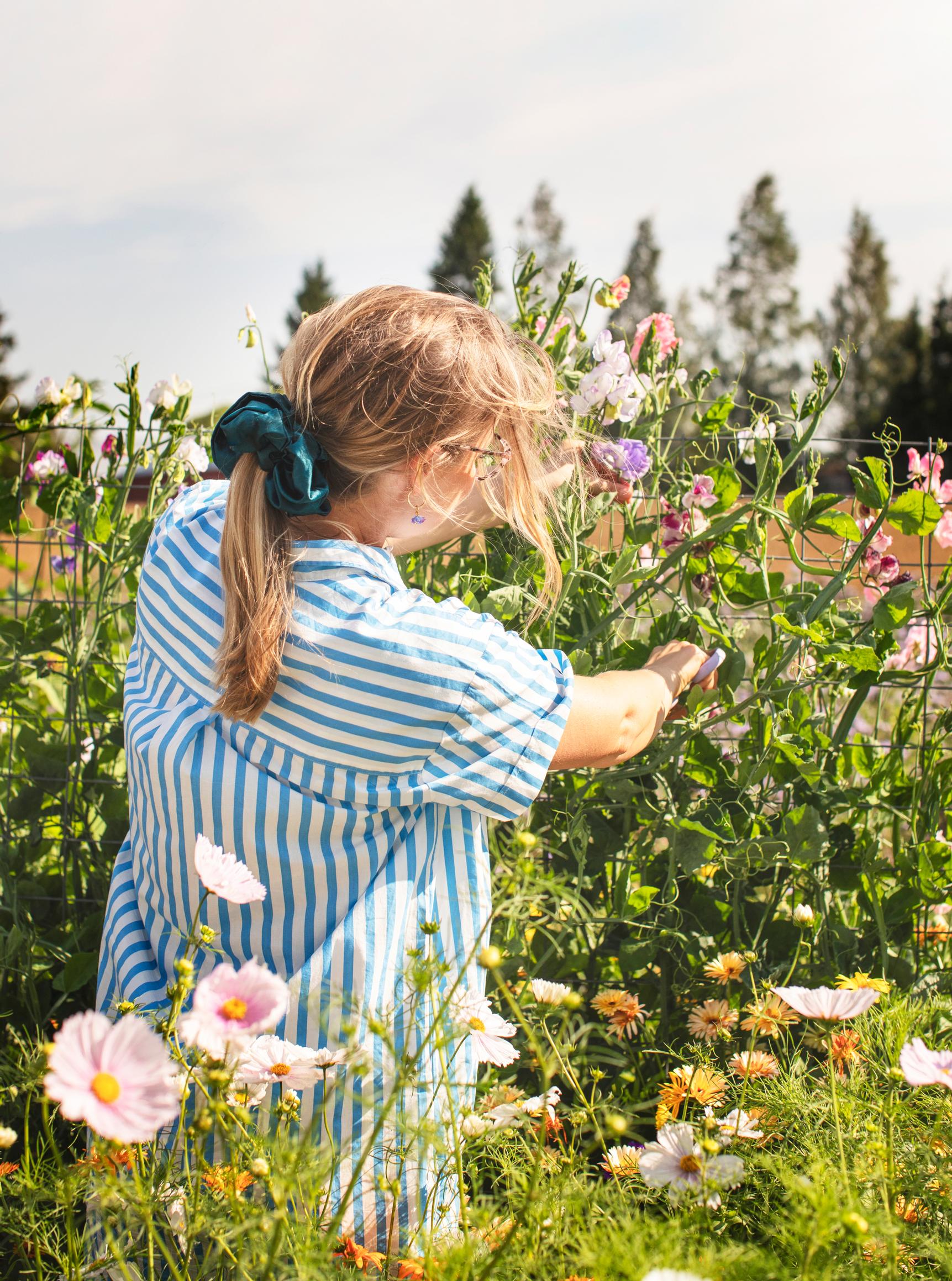
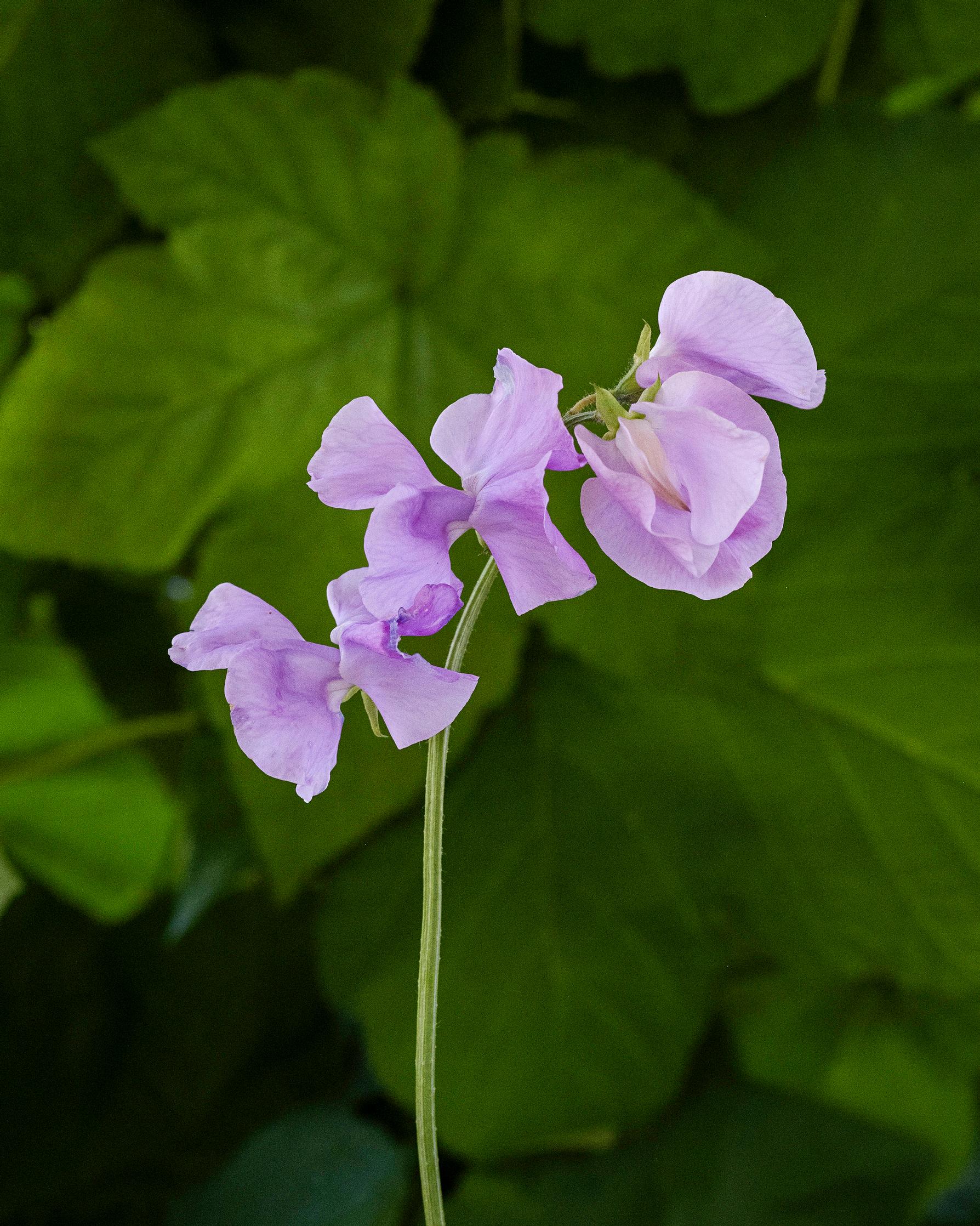
What should you take into account when growing sweet peas?
Sweet peas love strong, nutrient-rich soil. I use compost from my home composter and get horse manure from my neighbor, and I also add some chicken manure. Before planting, I put up the support frame. The seedlings latch on pretty easily, though you have to guide them a little in the beginning. Sweet peas like a sunny spot, and they’re thirsty plants. The abundance of blooms and the stem length are affected by how much you water. If late summer is hot, the blooming might slow and aphids can appear unless the plants get enough water.
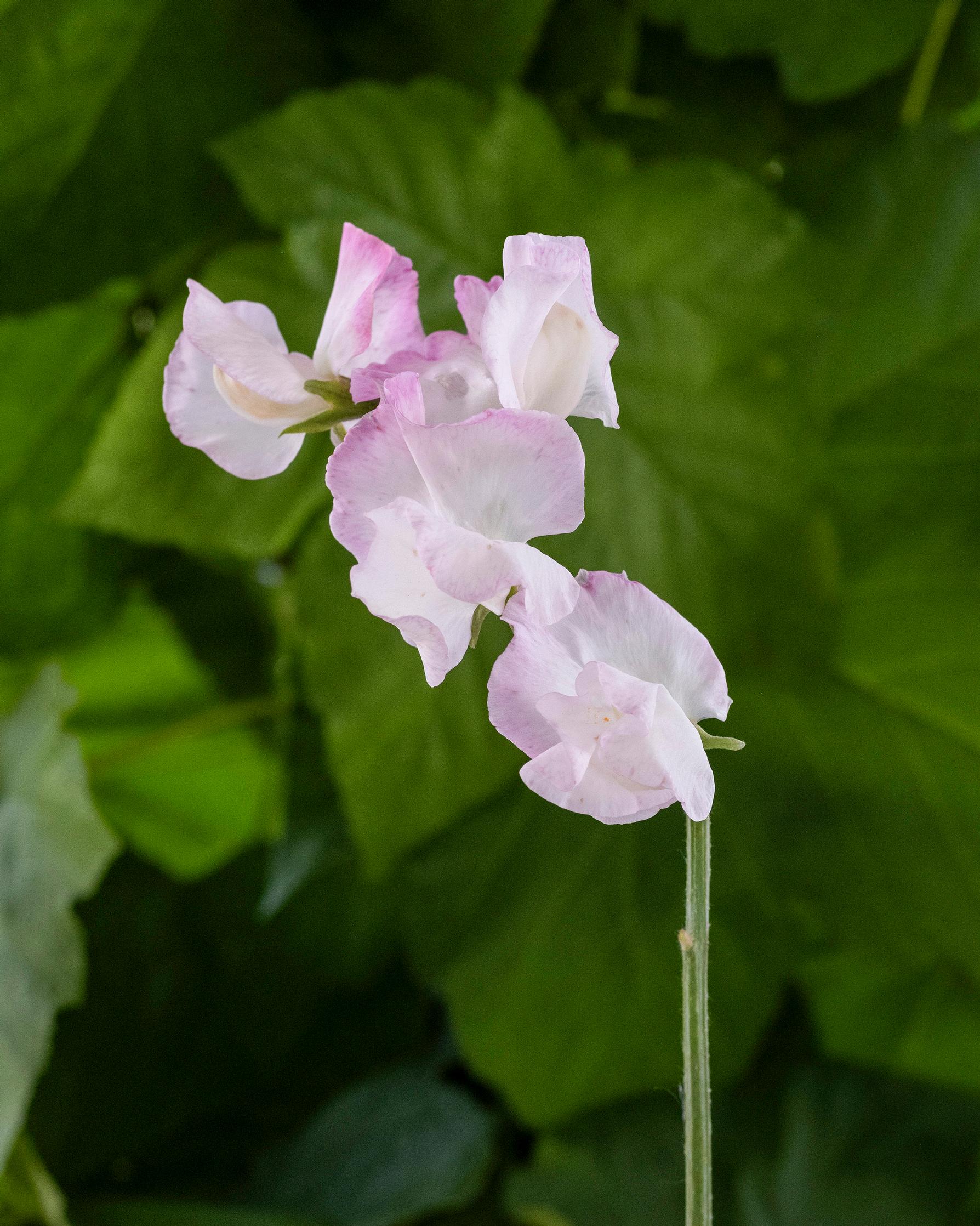
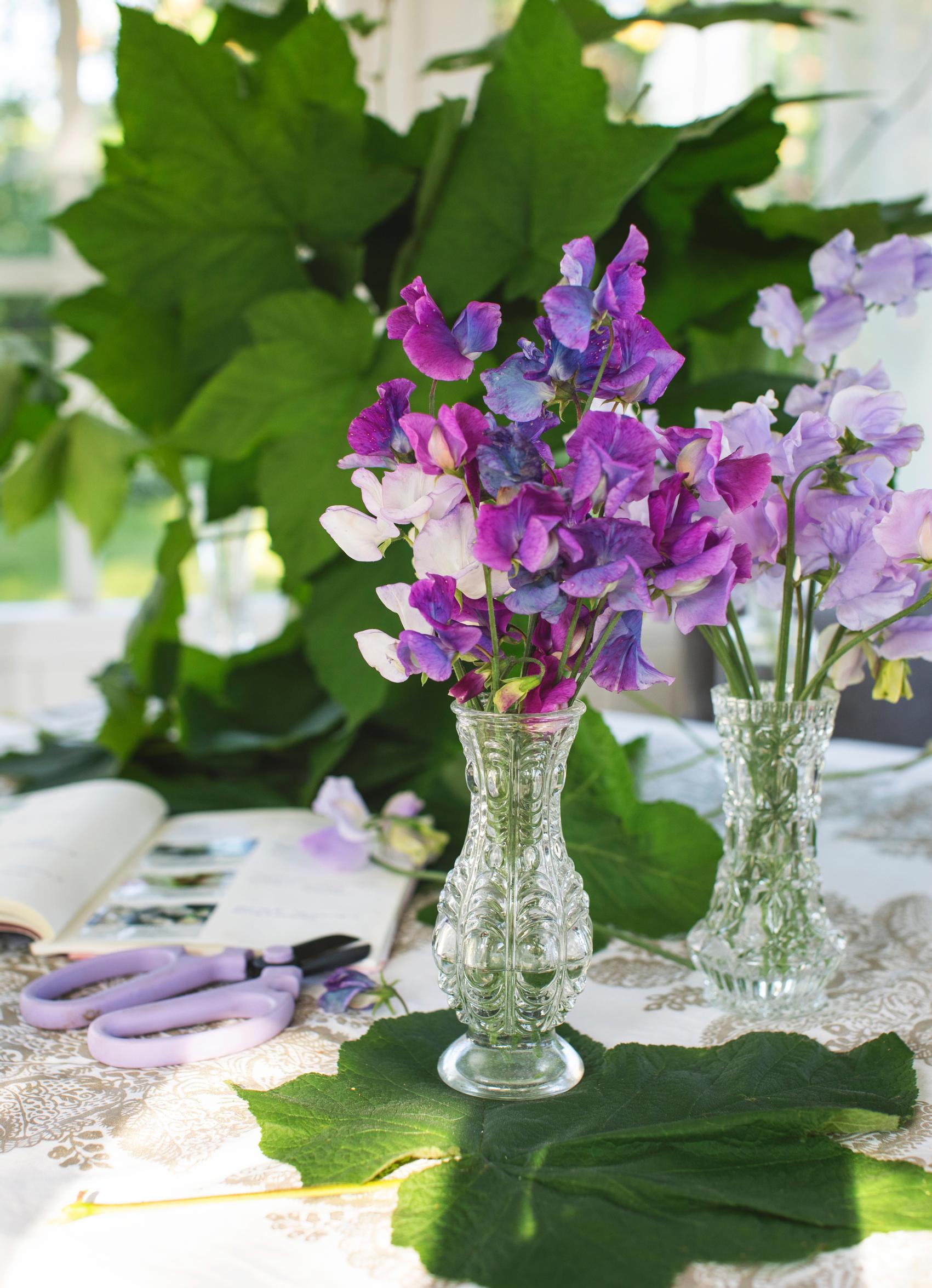
How do you harvest the flowers of your sweet peas?
I pick the flowers all the time, clearing the bed each time I harvest. The best moment is when exactly one bloom on the cluster is open. It’s not ideal to pick them completely in bud, because they might not open. I cut the flower stem low with sharp pruners, since length is especially important for arranging. Short stems can go in a small vase, but they’re trickier to use in bouquets. As soon as the plant starts to produce seeds, the blooming slows down.
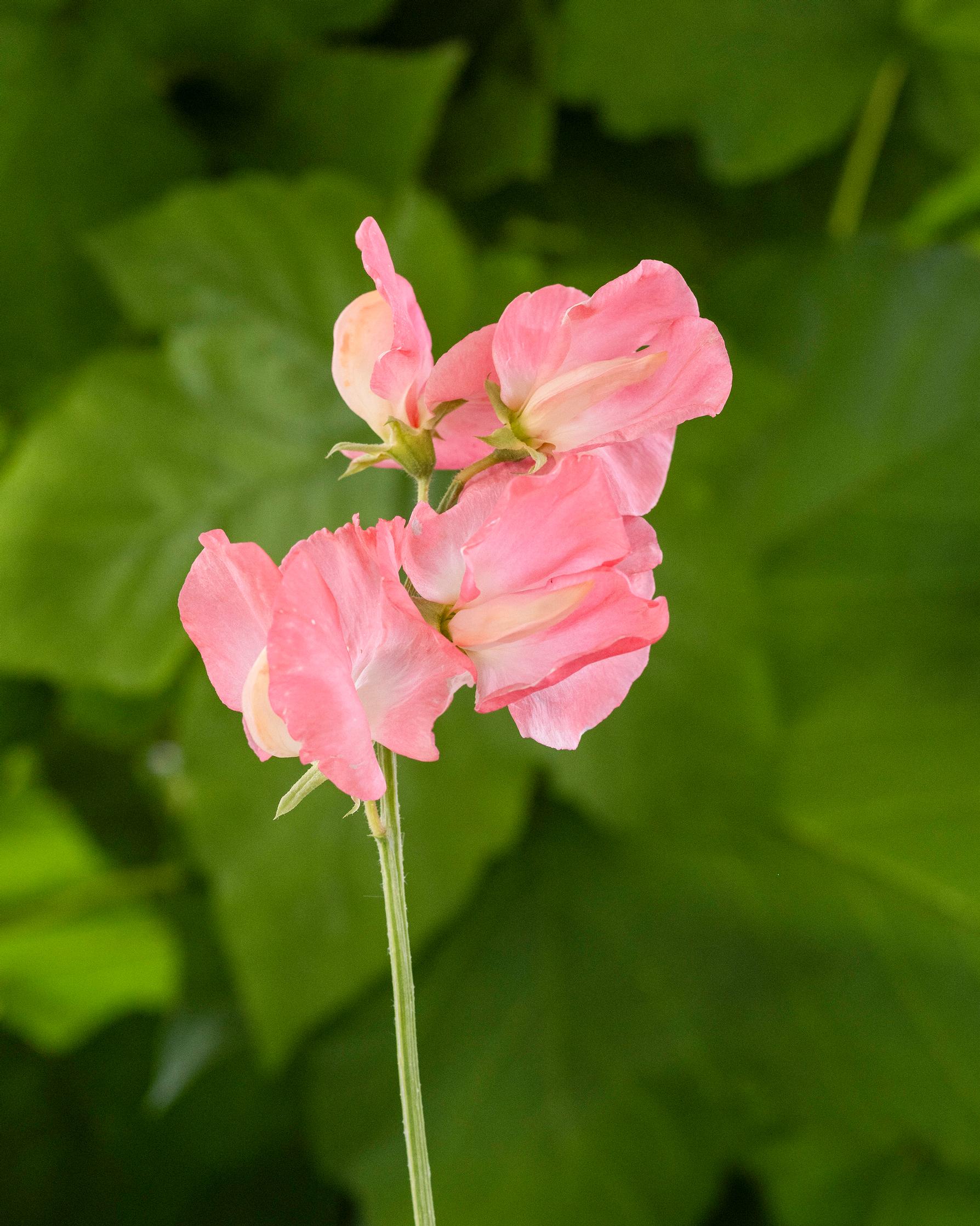
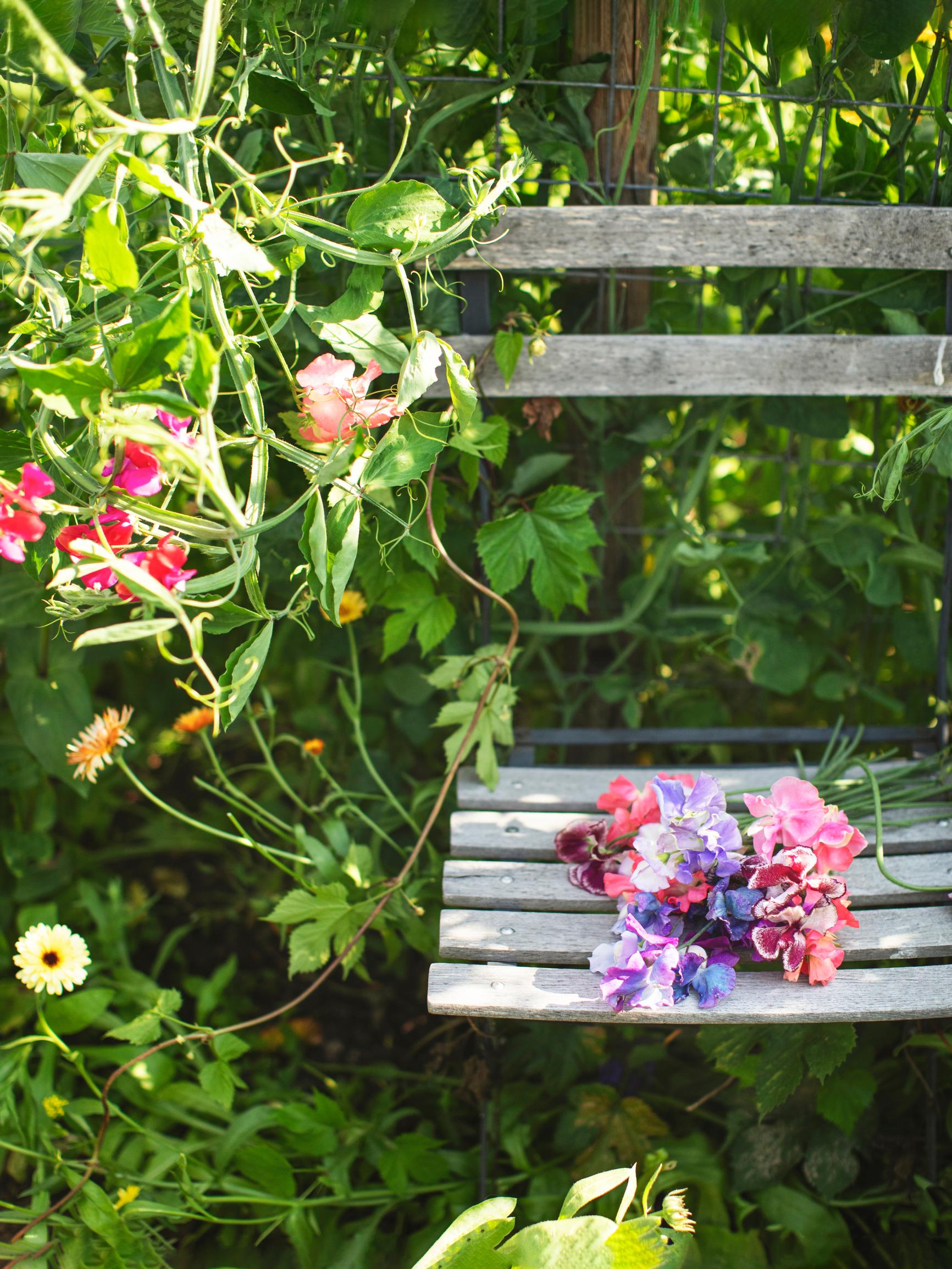
What challenges have you run into?
The weather has been unpredictable. Last year, we still had frost in mid-June. But once they've acclimated, sweet peas can handle cold well, which is why I should harden them off even more before taking them outside. Strong winds or heat at the planting stage can be harmful. In the future, I’d like to experiment with direct sowing, though it might delay the blooms.
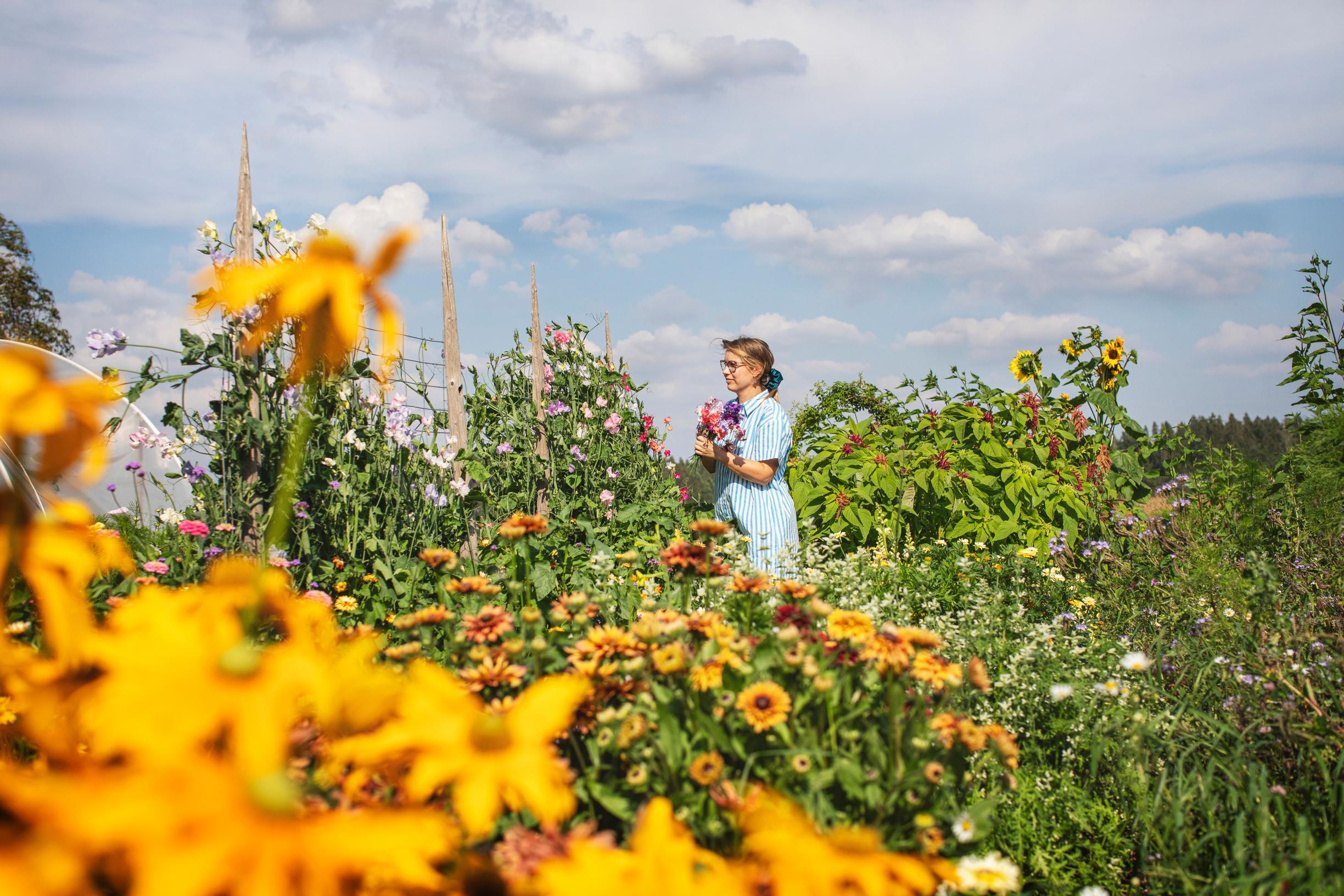
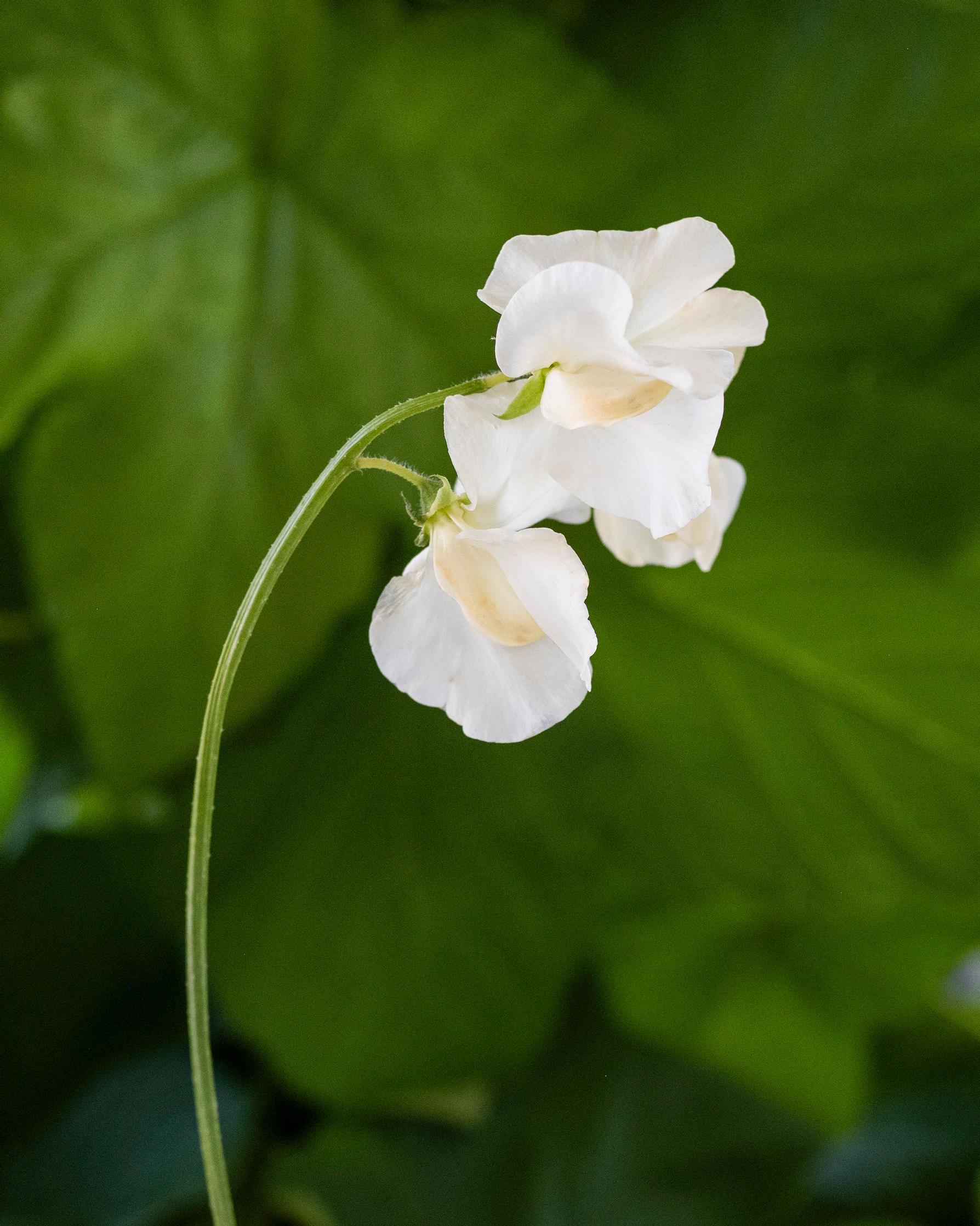
How do you use sweet peas?
I often place sweet peas in a vase by themselves. I choose varieties in similar hues, like different lilacs. Sometimes the stems are curved, and it's lovely to arrange them using a spiky flower frog. Hole-type frogs usually have holes that are too large.
Long-stemmed sweet peas are perfect for flower arranging, and they’re especially popular in wedding florals for their romantic vibe. I might combine them with garden roses and other sweet, garden-type flowers, such as larkspurs and cosmos.
